Microsoft should've made a 'normal' Android phone before the Surface Duo
It's not hard to make a dual-screen device that looks great in a demo — but the Android app catalog isn't ready yet.
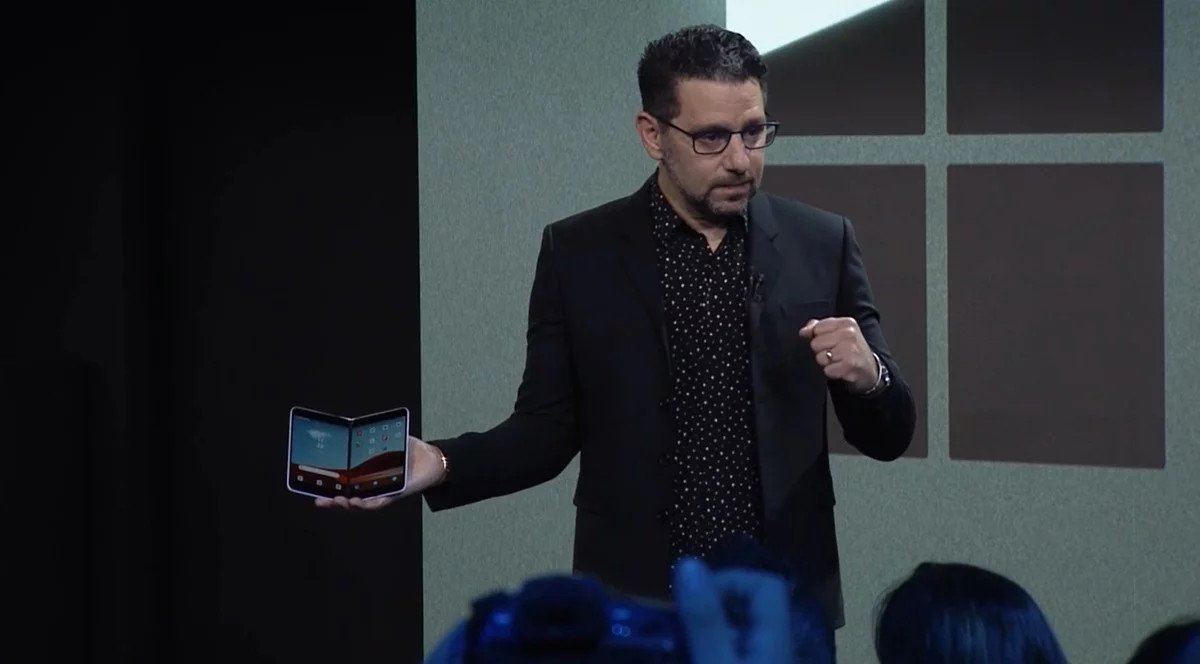
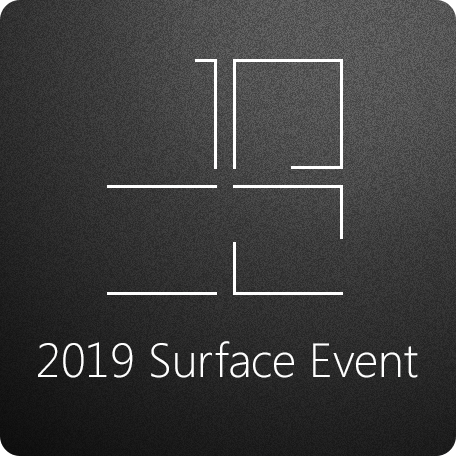
Microsoft's October hardware event was all about dual-screen devices. And unexpectedly, that scaled all the way down to a phone-sized device called the Surface Duo — a dual 5.6-inch display smartphone running full-fledged Android.
Finally, a smartphone with Microsoft's interesting hardware backed up by the most popular mobile operating system and the Google Play Store. It's what everyone's been waiting for since Windows Phone was finally put out of its misery. But there's a problem: this dual-screen form factor is pitting Microsoft against a massive uphill battle that it's destined to lose. It's not Microsoft's fault, either — it's just a little too early to this party. And it could've avoided it all by just making a "normal" smartphone with a single display.
Exactly as I pointed out in my LG G8X hands-on, this two-screen form factor with a 360-degree hinge in many ways makes much more sense than the current crop of foldable displays. (And to be clear, the Surface Duo looks dramatically nicer than the G8X.) The screens are actually glass-covered, they can close perfectly flat, and they don't come with compromises in durability. Considering the current state of display technology (and more importantly, display covering technology), the Surface Duo has the "right" design. But that doesn't mean the Duo is destined for success.
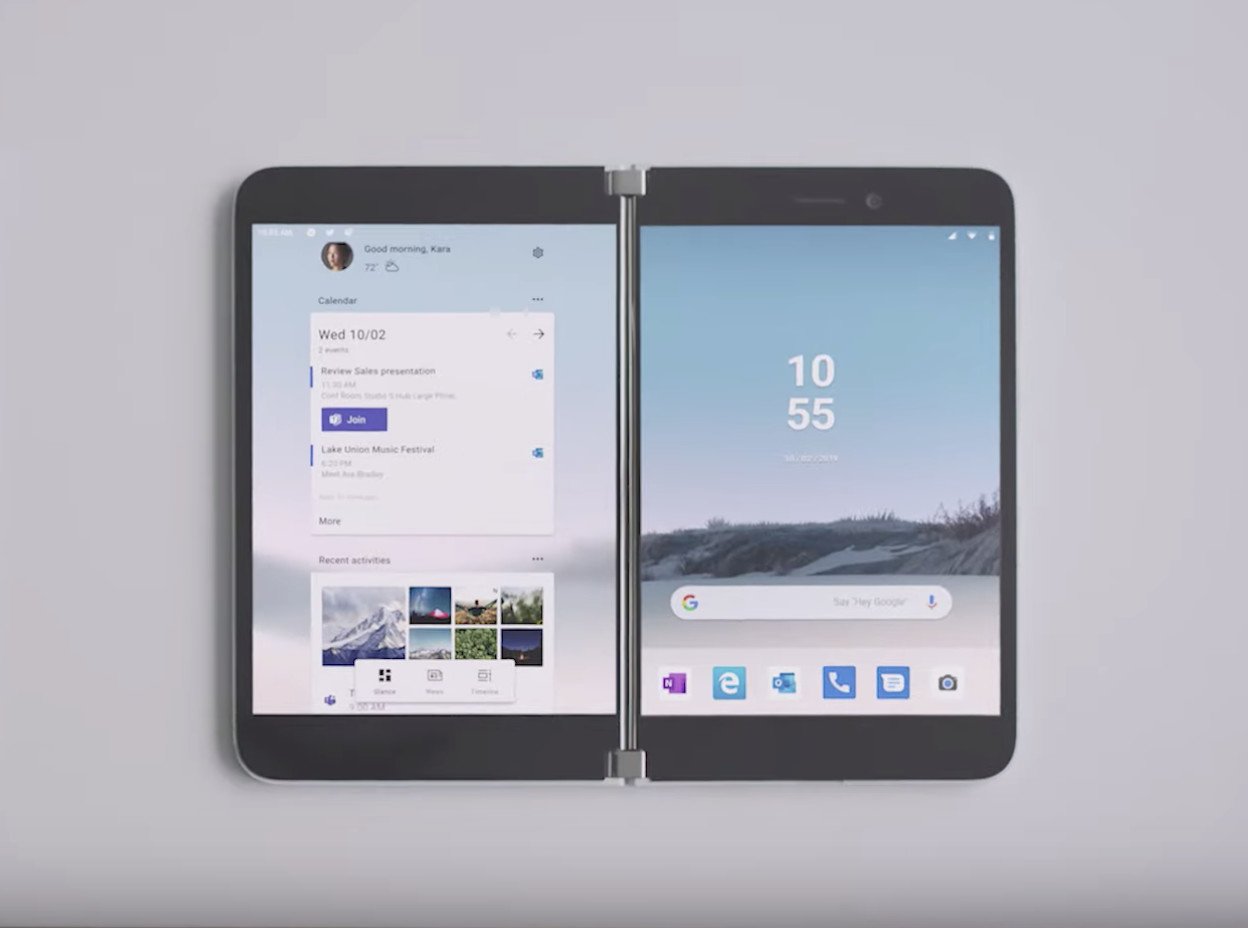
The biggest problem facing Microsoft is something every other Android phone maker faces: software and app compatibility. Android 10 is the first version of the OS that is actually designed with foldable and dual-screen devices in mind, which is great. But that doesn't mean that apps are — or will be even a year from now when the Duo is expected to go on sale.
All of Microsoft's demonstrations of apps taking advantage of both screens are experiences we've seen plenty of times before with other dual-screen devices. I saw them just a month ago with the G8X. It really isn't hard to get a handful of apps that you make yourself, or made with partners, to work across two screens on an Android device. The interface for moving apps between, and across, two screens is relatively easy to implement. LG did a pretty great job of it even with Android 9.
It's easy to make a handful of apps that work well — the problem comes when you open the Play Store.
The issue is what happens when you get past the 20 apps you've optimized for your device and into the Android app catalog. One of the biggest benefits of the Surface Duo is that it actually has the Google Play Store and access to its millions of apps — but none of them are designed to actually work on a dual-screen device. It won't take but a couple of hours to reach the point where you're just running two Android apps side-by-side with no interaction between the screens, no ability to drag content between, no option for spanning across the two screens, and no concept of splitting content between the screens intelligently.
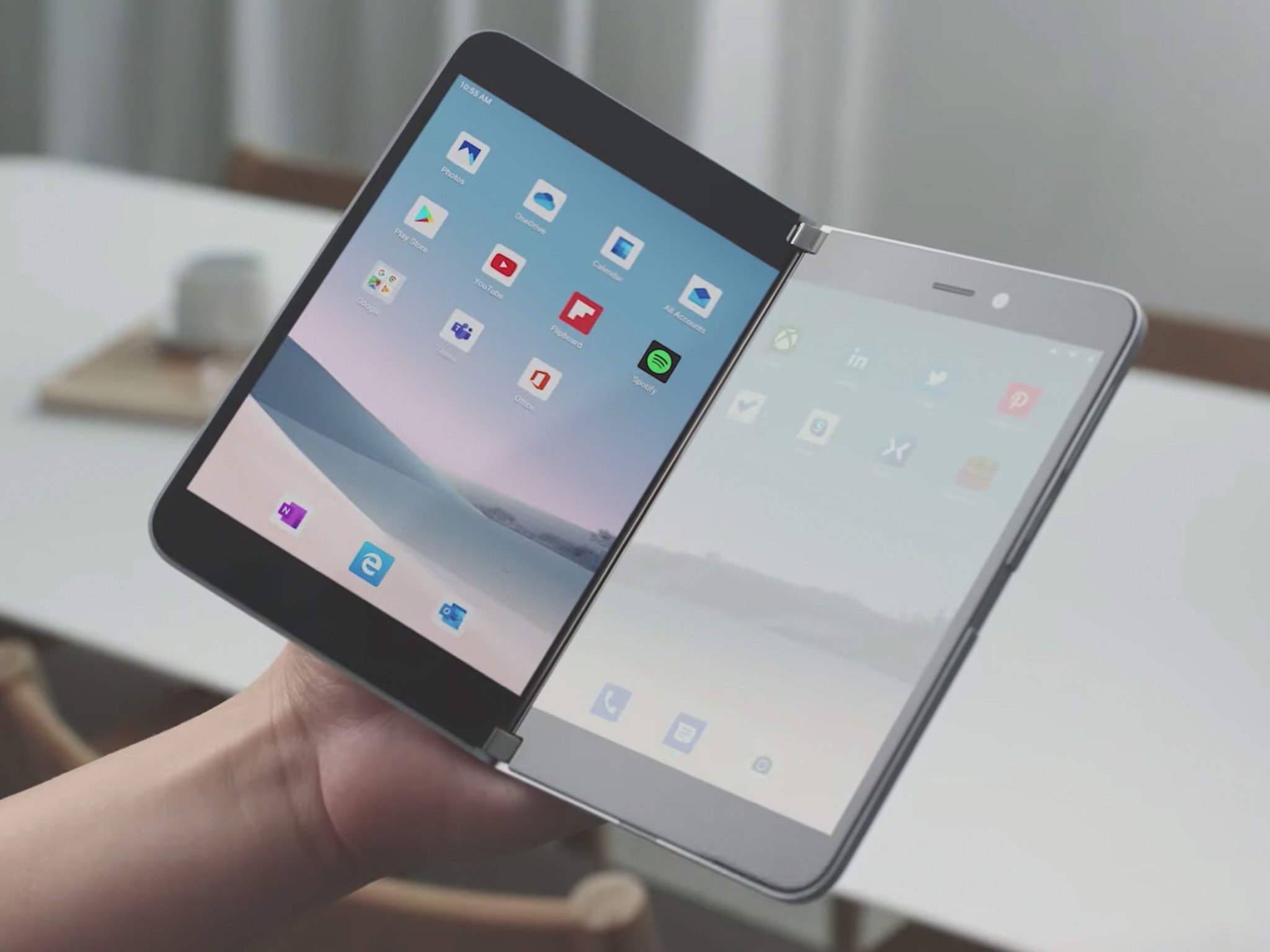
Those are all experiences that have to be designed specifically for a dual-screen device, and the classic "chicken and the egg" problem will keep developers from spending time doing the work. And to be clear, this isn't Microsoft's fault, or Microsoft's problem to fix — this is something that Google and every smartphone manufacturer making these new dual-screen devices have to face.
Get the Windows Central Newsletter
All the latest news, reviews, and guides for Windows and Xbox diehards.
I applaud Microsoft for continuing to push the envelope in hardware. Its tablets and laptops are incredible pieces of engineering, to say nothing of these just-announced dual-screen devices that take everything to an entirely new level. But for your first Surface phone, it would've been a smarter move to go with a regular, single-screened form factor. Microsoft can bring a ton of value to an Android phone without trying to innovate so much with a new dual-screen design that doesn't have the software and app support to make it work in the real world.
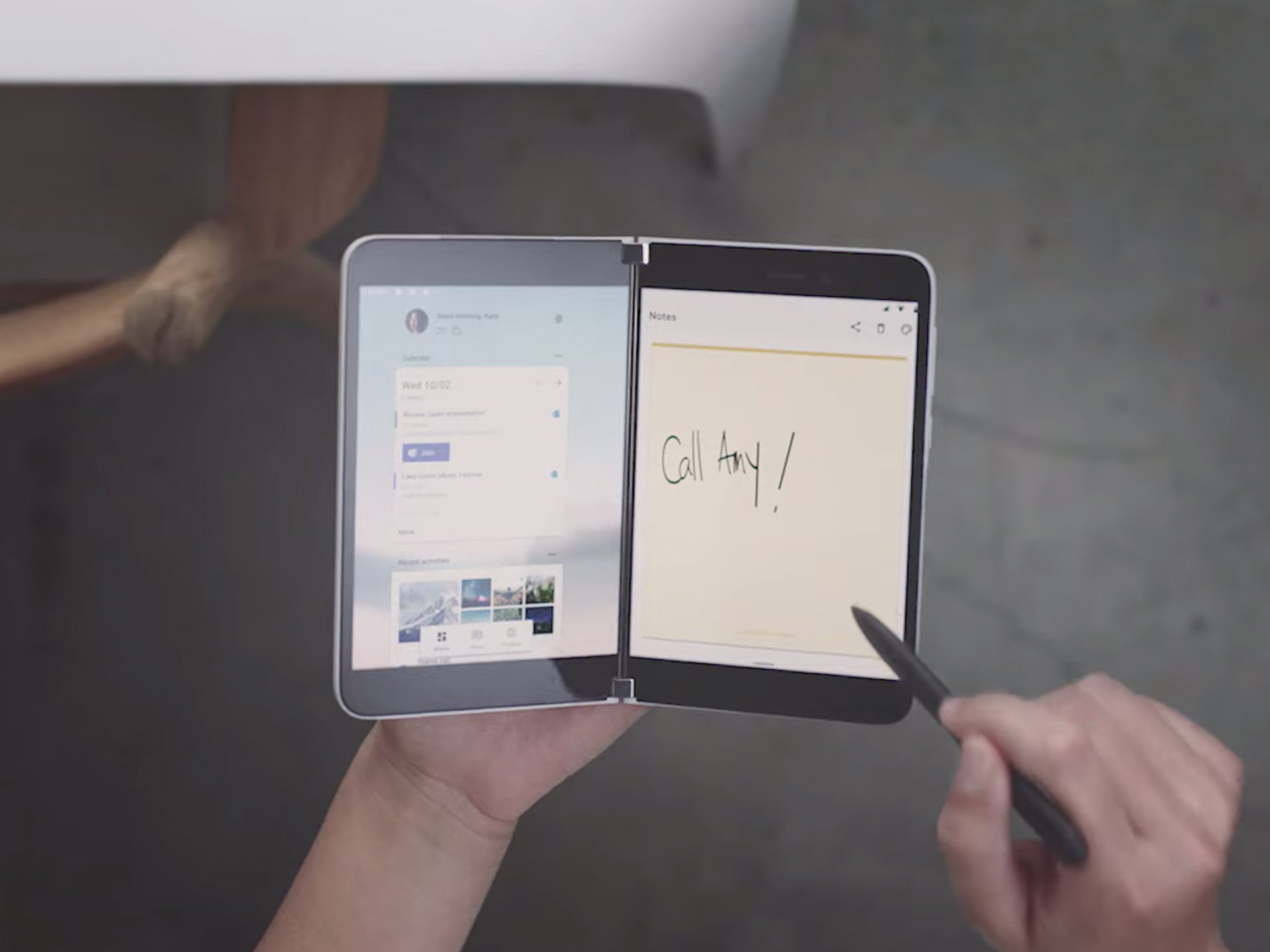
This Surface design language, Microsoft hardware quality, and an integrated software experience would make my friends at Windows Central drop their Note 10s like hot potatoes. In a world full of Android phones that are all kinda the same, it wouldn't be hard for Microsoft to really differentiate itself even with a standard rectangular single-screen device. It didn't have to roll out something as ambitious as the Surface Duo to stand out — and it certainly would be more successful commercially.
I actually don't have any problem with the Surface Duo existing as a flex of Microsoft's design muscle. Particularly with such a long lead time (releasing in late 2020), the Duo isn't really a product yet — it could've (and should've) launched in addition to a regular Surface phone. And perhaps Microsoft's expected spring 2020 event will bring that device, providing a Surface hardware experience and Microsoft's apps and services alongside a form factor that doesn't provide so many compromises in user experience.

